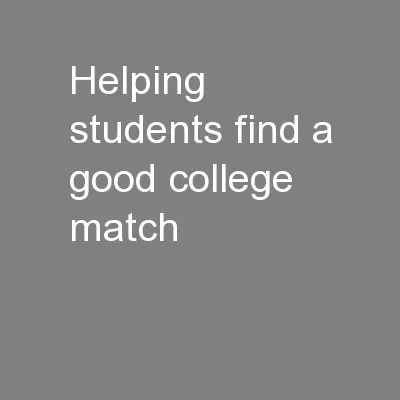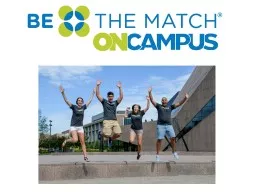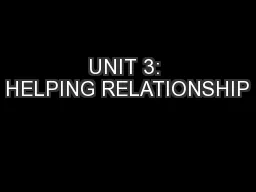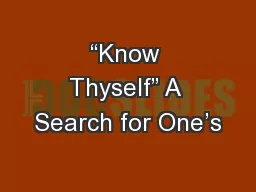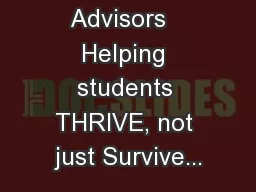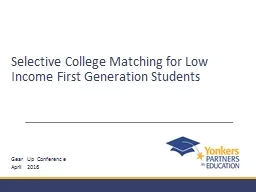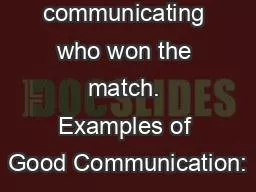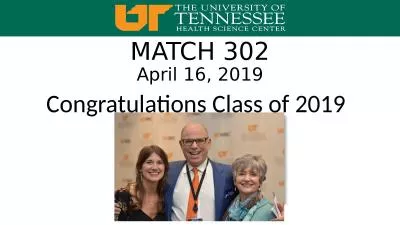PPT-Helping Students Find a Good College Match:
Author : pamella-moone | Published Date : 2016-12-02
What the Research Tells Us Jessica Howell Executive Director Policy Research The College Board January 2016 Postsecondary Undermatch Academic undermatch occurs
Presentation Embed Code
Download Presentation
Download Presentation The PPT/PDF document "Helping Students Find a Good College Mat..." is the property of its rightful owner. Permission is granted to download and print the materials on this website for personal, non-commercial use only, and to display it on your personal computer provided you do not modify the materials and that you retain all copyright notices contained in the materials. By downloading content from our website, you accept the terms of this agreement.
Helping Students Find a Good College Match:: Transcript
Download Rules Of Document
"Helping Students Find a Good College Match:"The content belongs to its owner. You may download and print it for personal use, without modification, and keep all copyright notices. By downloading, you agree to these terms.
Related Documents

